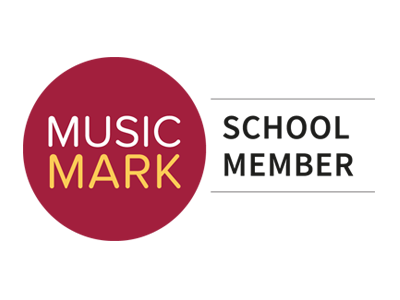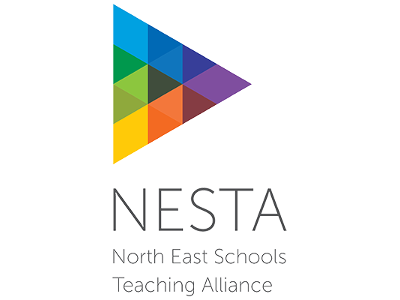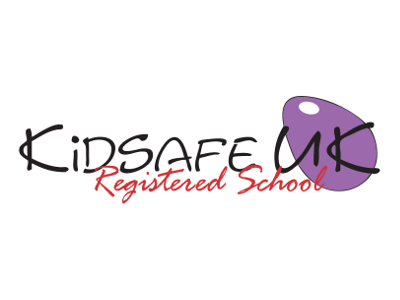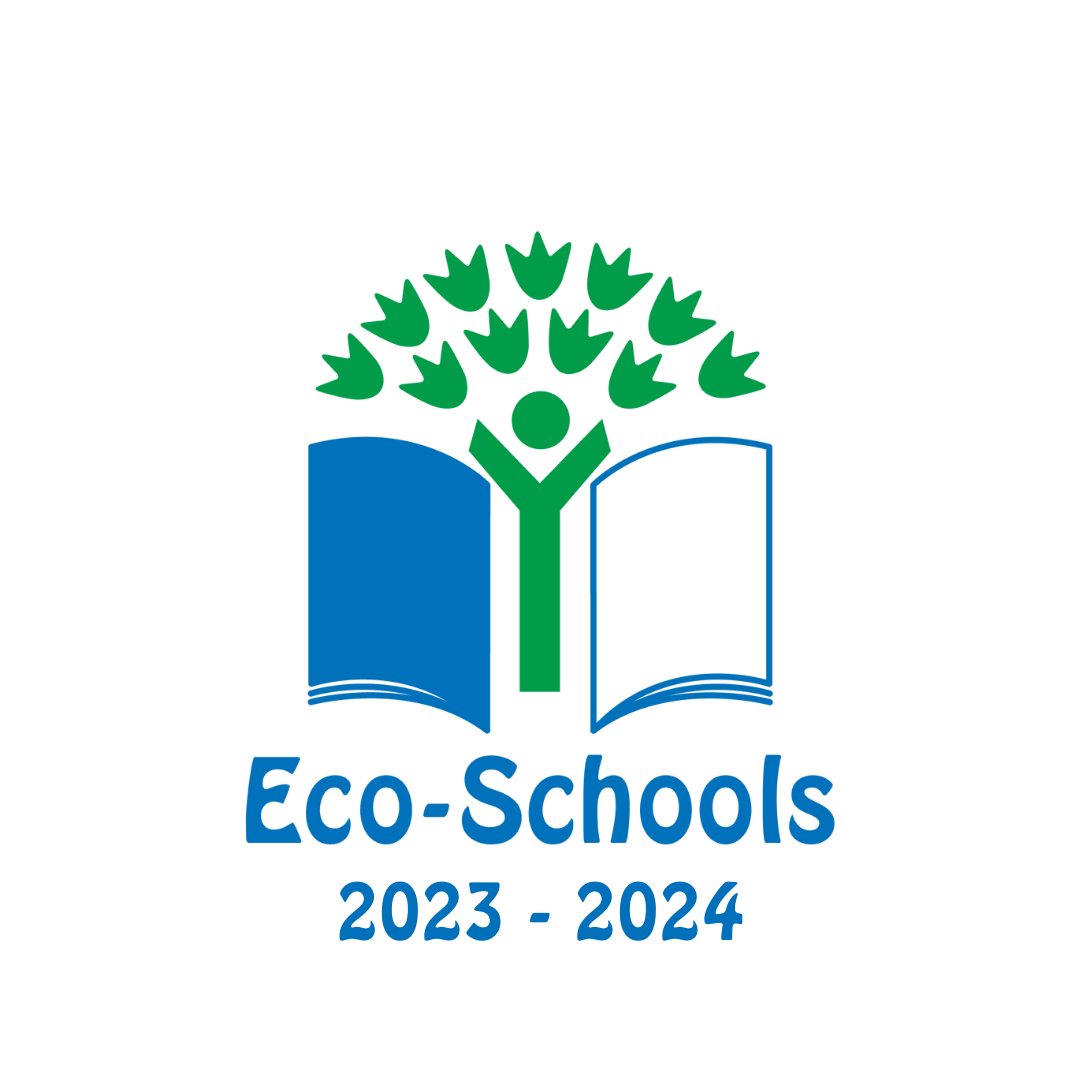Science – Year 3
Download
Download our Year 3 Science curriculum here.
| Essential Skills and Knowledge |
| I can identify and describe the functions of different parts of flowering plants: roots, stem/trunk, leaves and flowers I can explore the requirements of plants for life and growth (air, light, water, nutrients from soil, and room to grow) and how they vary from plant to plant. I can investigate the way in which water is transported within plants. I can explore the part that flowers play in the life cycle of flowering plants, including pollination, seed formation and seed dispersal can identify that animals, including humans, need the right types and amount of nutrition, and that they cannot make their own food; they get nutrition from what they eat. I can identify that humans and some other animals have skeletons and muscles for support, protection and movement. I can compare and group together different kinds of rocks on the basis of their appearance and simple physical properties. I can describe in simple terms how fossils are formed when things that have lived are trapped within rock. I can recognise that soils are made from rocks and organic matter. I can recognise that they need light in order to see things and that dark is the absence of light. I can notice that light is reflected from surfaces. I can recognise that light from the sun can be dangerous and that there are ways to protect their eyes. I can recognise that shadows are formed when the light from a light source is blocked by a solid object. I can find patterns in the way that the size of shadows change. I can compare how things move on different surfaces. I can notice that some forces need contact between 2 objects, but magnetic forces can act at a distance. I can observe how magnets attract or repel each other and attract some materials and not others. I can compare and group together a variety of everyday materials on the basis of whether they are attracted to a magnet, and identify some magnetic materials. I can describe magnets as having 2 poles. I can predict whether 2 magnets will attract or repel each other, depending on which poles are facing. |
| Communication Skills | Working together Collaborative Skills | Problem Solving |
| I can ask relevant questions and use different types of scientific enquiries to answer them gathering, recording, classifying and presenting data in a variety of ways to help in answering questions I can report on findings from enquiries, including oral and written explanations, displays or presentations of results and conclusions. I can use results to draw simple conclusions, make predictions for new values, suggest improvements and raise further questions. I can use straightforward scientific evidence to answer questions or to support my findings. | I work with a small group to carry out an experiment and ensure that the principles of fair testing are in place. I can direct the work of others during an investigation. I can persuade others to have a go at my idea, even though they may not readily agree with the idea in the first place | I can set up simple practical enquiries, comparative and fair tests. I can identify differences, similarities or changes related to simple scientific ideas and processes. I have my own ideas about how to find the answer to a question. I can carry out a fair test with some help. I think of the equipment I will need to carry out an investigation. I can carry out tests on rocks in order to identify them. I can use keys to classify rocks and soils. I can identify different types of rocks by doing a variety of tests on them. I can set up an investigation to test the strength of different types of magnets |
| Application of number | Information Technology |
| I can make systematic and careful observations and, where appropriate, taking accurate measurements using standard units, using a range of equipment, including thermometers and data loggers. I can record findings using simple scientific language, drawings, labelled diagrams, keys, bar charts, and tables. I make careful observations and measure: Length, Mass, Capacity using standard measures. I can identify and group animals with and without skeletons and observe and compare their movement. I can record my results in tables, charts, graphs and pictograms. I look for patterns in my recorded measurements and try to explain them. I can interpret data about the factors that affect plant growth. I can read the intervals on different types of newton meters when investigating forces. I can measure shadow length and look for patterns to explain what happens to shadows when a light source moves | I use a spreadsheet to collect data and use this to draw charts or graphs. I use the computer to play science games in which I use my knowledge and understanding to find out answers. I can use various sources to research. I can use digital media to record changes. I can read and interpret data presented electronically. I can read and interpret data presented electronically. I can use a branching database from a software package. I can use a key to identify living things from a software package. I can use sensing equipment to make observations and readings of temperature. I use ICT to explain my hypothesis, my methods and my results. I know that a database can be searched by field. I can use a data logger to collect data |
Reviewed Summer 2014 – New National Curriculum











